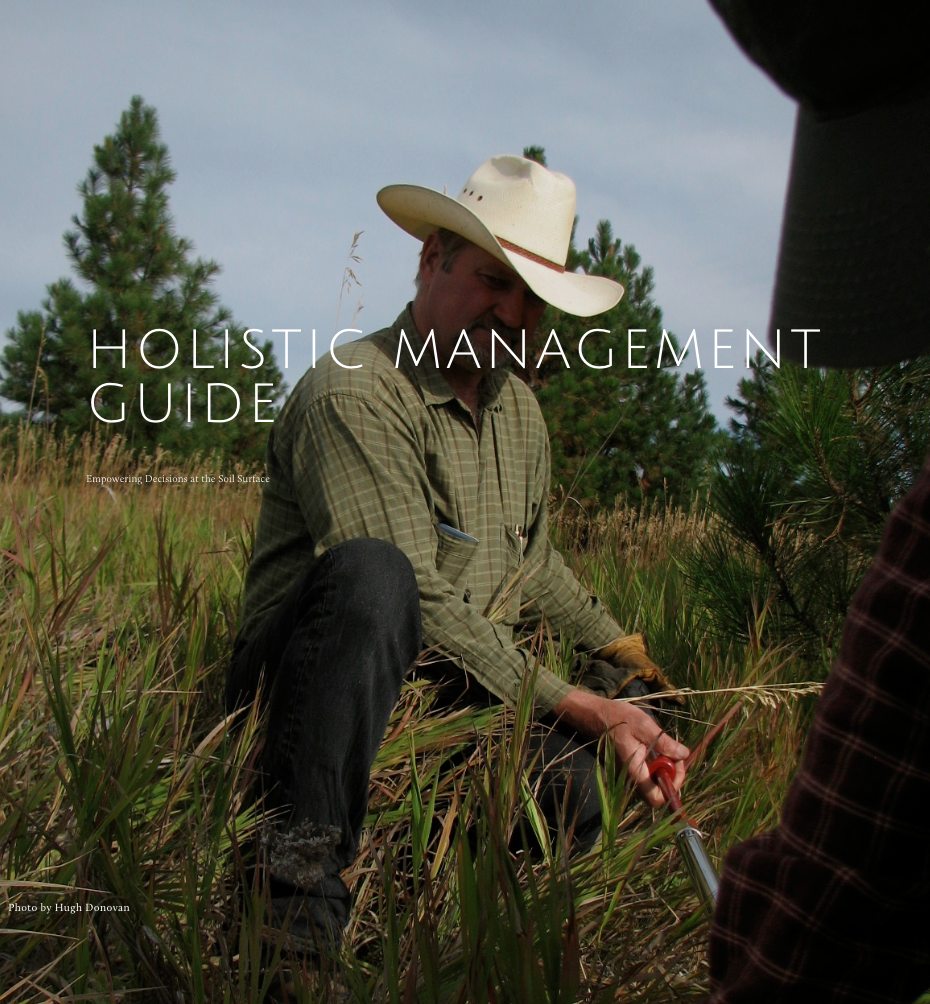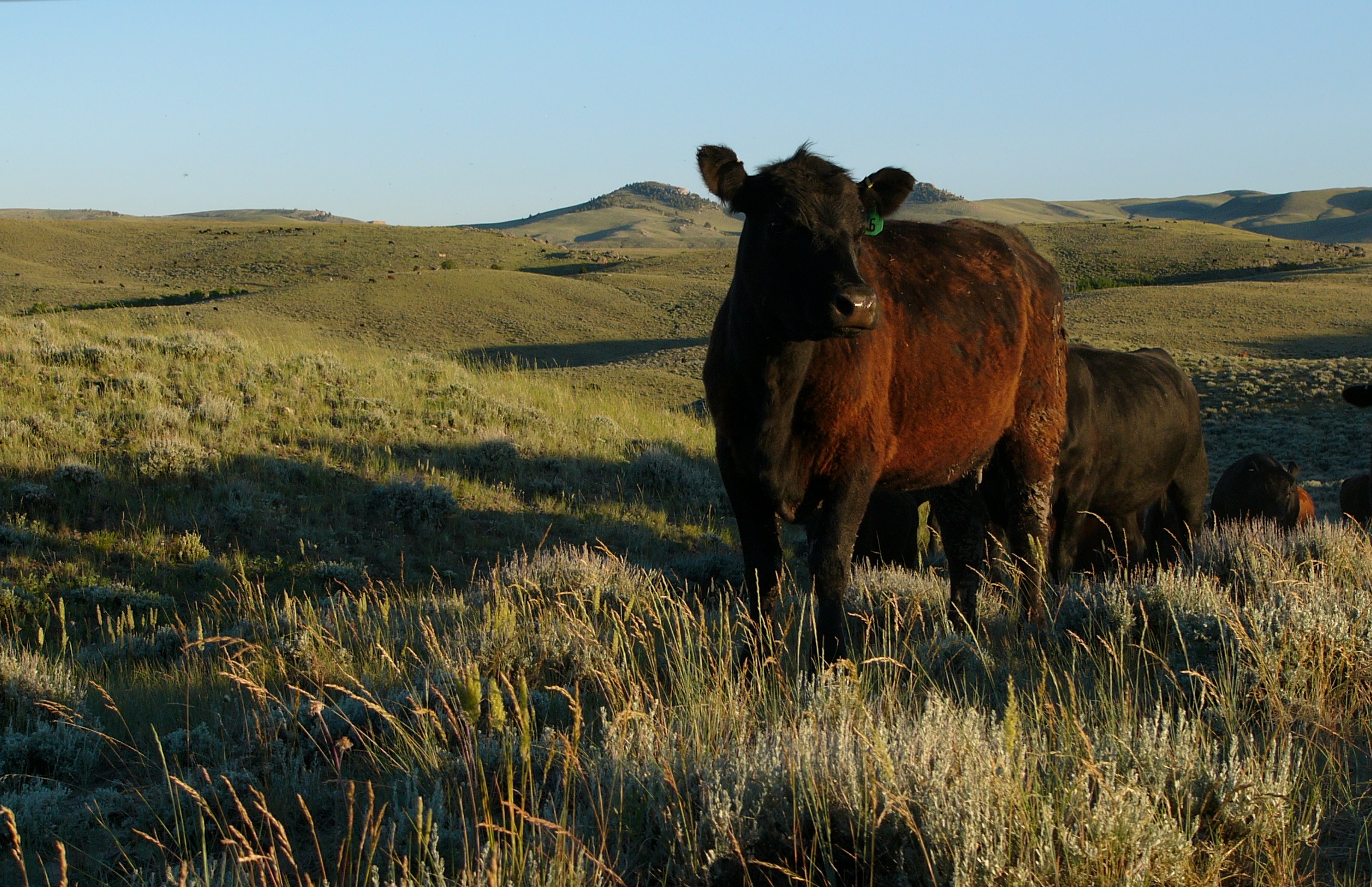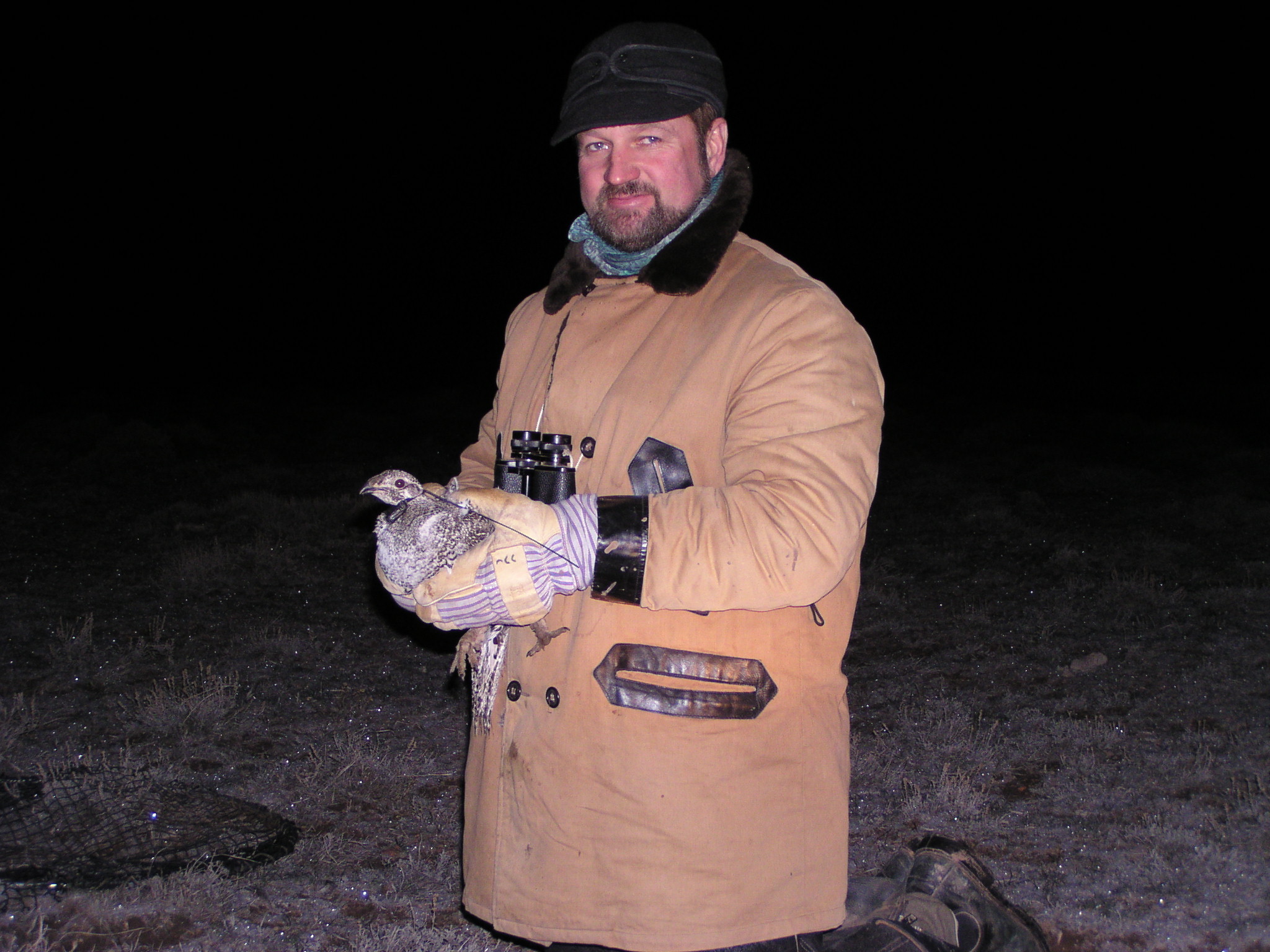writings
by tony malmberg
Writing has been an important part of my being. I find, for me, that writing forces me to concentrate and focus. Being centered, objective, and honest when delving into our life experience, eternal truths reflect. In this space, we see glimpses of our human condition.
For the past 30 years, I have been learning the practice of Holistic Management. I know what happens if we don’t get our Holistic Financial Plan done. Or we get it done and don’t monitor and control our spending and income. I know what happens when we start planning our grazing from a computer and calendar rather than ecosystem indicators and plant recovery. I know how brutal things can get if we allow our ego to ignore social weak links. Holistic Management’s decision making process brings us face-to-face with reality and directs us toward possibility. If we practice the principles and processes.
Holistic Management can bring diversity, complexity, and resiliency to our world, locally and globally. Triple bottom line resiliency rises from the soil surface. The better we can empower decisions at the soil surface, the more resilient we will become.
In learning the Practice of Holistic Management, I have written many articles which you can find below. We look forward to your thoughts and considerations as we journey this path of learning the practice of Holistic Management and empowering decisions at the soil surface.
Grasslands LLC - March 2016
Building Our Ecosystem
A man traveling a new land came upon a village and some construction workers. He paused and asked them what they were doing. One peered out from under his grimy hat and stammered, “Layin’ bricks.”
In Practice - March / April 2009
A Holistic Approach to the Financial Crisis
The sun rose to a different economic world in 2009. A stock market meltdown and bond markets crumbling has spread economic chaos across the entire world. Who would have thought that all of the world’s equity markets could have shrunk by a third simultaneously?
Why Monitor? Control What?
In Practice - January / February 2010
Why don’t we get our planning, monitoring, and controlling done? I have repeated the feedback loop so many times, it has become amindless mantra.
Plan> Monitor> Control> Replan>; Plan> Monitor> Control> Replan>>>
Monitoring and controlling are ineffective until we realize they are an interactive event.
In Practice - November / December 2008
Not Resisting the Resistance
My neighbor stopped to visit, on our ranch south of Lander, Wyoming. As we visited we were looking across a wetland below us. Twenty years of our using Holistic Grazing Planning to develop beaver habitat had enabled the beavers to raise the bed elevation. Low water flows are now at the flood plain.
In Practice - May / June 2009
Thundering Hooves - Value Added Farming
In the Pacific Northwest, Joel Huesby’s ancestors have farmed and ranched for 100 years in the wake of Lewis and Clark’s historical voyage down the Columbia River. As a boy, Joel Huesby worked for his uncle picking up hay bales in the Columbia Basin and riding summer ranges of the Blue Mountains.
Nevada Rancher - May 2008
Riding the wind
The business of ranching and farming sits on the foundation of “renewable” and “sustainable.” Agriculture profits depend on the functional and sustainable ecosystem processes of renewal. So it’s not much of a stretch for agriculture to start “ranching renewable energy.”
Greater Yellowstone Inside and Out - June 2005
The Lander Bar
When I stepped into the Lander Bar & Hotel for the first time in 1978, Mike Turbovich greeted me with a warm “Hello, neighbor!” Each new arrival got the same greeting, whether they were a National Outdoor Leadership School (NOLS) student just off a semester course, a roughneck on days off, or a cowboy like me settlin’ the South Pass trail dust. The breadth of Mike’s smile pulled his lips and eyes into slits, as if invisible hands were stretching his hide across his cheeks and back to his ears. His spotless white shirt set off a blackstring bolo tie, downplayed by an open collar. His sleeves were rolled to the elbows and a clean white bar rag seemed like an extension of his hand.
Writers on the Range - September 2003
Being Tough
I was four years old when I learned what got me respect on the ranch. I’d fallen off my horse during an early morning ride and dozens of burrs stuck through my jeans and into my legs. My dad, silhouetted against the early morning light, looked at me and then looked away. “Are you coming or not?” he asked. I got back on my horse, pretended I wasn’t crying, and rode on. We moved from Nebraska to a ranch near Lander, Wyoming and I began teaching the children around me to hide discomfort to avoid ridicule. Acting tough became a contest, bordering on meanness. Sometimes, as a grown man, I wonder if I didn’t create problems so I could be more tough.
In Practice - September / October 2002
Testing Marriage
I came to my first Holistic Management course because I heard you could double your stocking rate. The instructors threw me off balance right from the get-go when they started talking about "quality of life." In my culture one earned the right to live on the land by hard work and suffering. But I tolerated the gibberish until we got to the ecosystem processes and time and management guidelines, which made a lot of sense to me. I particularly noted the advice not to go home and build fences until I had a plan, but to focus on setting a holistic goal.
Headwaters News - September 2002
Managing for Rain
Drought started parching our south pastures in ’98, two years earlier than the rest of the ranch. We saw increased bare ground poor plant vigor and one-third less production. Our sagebrush steppe, Rocky Mountain foothill ranch outside of Lander, Wyoming receives an average of 13.5 inches of precipitation per year. Even record-breaking moisture in the critical spring season of ’99 failed to spark lack-luster -grasses in this area and bare ground increased again.
Headwaters News - June 2002
LEARNING HOLISTIC MANAGEMENT
Tough times through the mid eighties brought me to my knees. Work in Wyoming’s oil fields and Nevada’s mines provided income to keep our ranch limping along but left me wondering, “What’s the point?” We ranch 35,000 acres in the foothills of the Southern Wind River Mountains. Twin Creek, a small mountain stream, flows on our ranch and through an incised canyon for 4 miles before it comes to a narrow alluvial meadow at our headquarters. The creek then turns north through juniper breaks for 8 miles before leaving the ranch. Elevation ranges from 5,800-8,000 feet. Desperation drove me to Allan Savory’s course on Holistic Management in 1987 because
I heard that we could double our cattle numbers with this new fangled way of grazing.
Writers on the Range - April 2002
OVERCOMING THE COLONIAL MINDSET
My earliest memories revolve around my dad waking me with the sun to work cattle. My feet took the shape of the pointed boots and my head grew within my Stetson, leaving an indented white forehead. I never even thought about not ranching.
The Quivira Coalition - January 2002
Ranching for Biodiversity
My grandfather used to say that cattle did better on a mixture of grass. This awareness of different grassspecies prepared me for the broader concept of biodiversity. As I began thinking about biodiversity, my awareness moved beyond a “mixture of grass” to recognize mammals, birds, predators and many species beyond grass as part of an interlinked system. That wasn’t always the case. I used to consciously remove species, whether Canada thistle, coyote or beaver.
Wyoming Agriculture - Wyoming Farm Bureau - 1997
BROADENING OUR SPHERE OF INFLUENCE
A glint caught my eye. I stepped off my horse and picked up the nearly perfect arrowhead. The winds of time had brushed back the veil of soil revealing a past page from the book of life. I rubbed the smoothed sides and chipped edge between my thumb and forefinger. This tool, of crafted stone, killed game and drew blood from enemies, during it's reign. Now, this seemingly benign object caused me to pause in reverence, for an era past. The significance startled me. It seemed impossible that such an impotent rock could have put fear into the hearts of enemies while feeding nations.
Yellowstone Journal - 1997
CONFLICT, CONFUSION AND CONTROVERSY
Should bison wandering from Yellowstone Park be killed? Should we hunt elk within Yellowstone? Should fires burn rampant? Is erosion a problem if it is natural? Should snowmobiles and groomed trails be allowed in the Park? Everyone in Wyoming, the United States, and even the world seems to have an opinion. I'm just confused. Why is there so much controversy regarding events in Yellowstone? How can our first national park and national treasure be so controversial? Yellowstone, loved and honored by multitudes, can't be wrong, so why all the confusion? In an attempt to find some answers, I traveled to the Lamar Valley with a tour group















